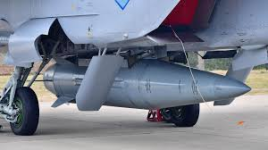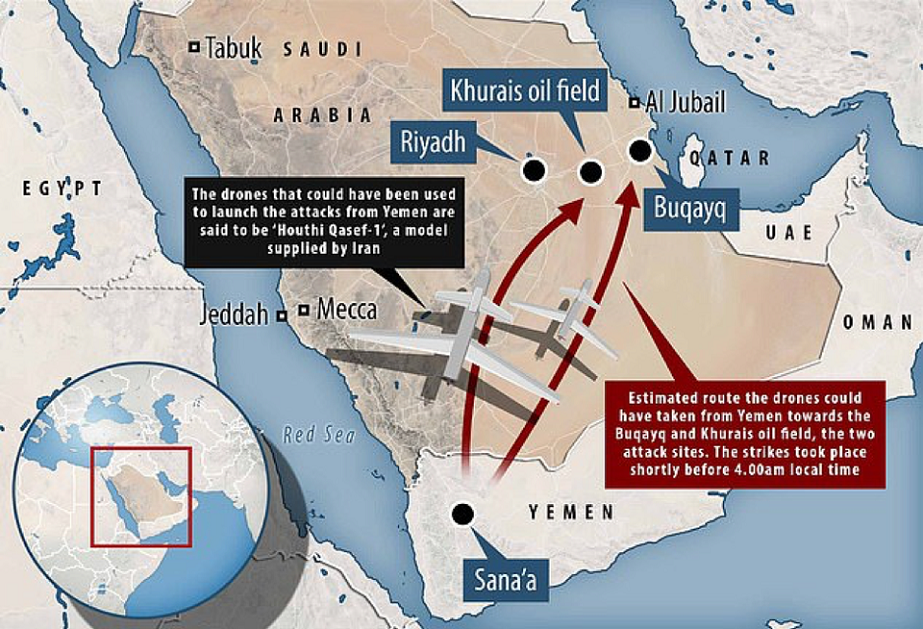Take Patriot’s performance in Saudi Arabia for example, between 2015 and mid 2019, Patriot batteries in Saudi service intercepted more than 230 Iranian ballistic missiles – that’s more than 1 intercept every week and highlighted the volume of ballistic missile they faced. By 2021, Saudi Arabia reported Houthi firing 430 ballistic missiles and 851 drones in 6 years that resulted in 59 civilian casualties.[1]
For context, during Iran-Iraq war the very first Iraqi Scud killed 21 Iranians. In all, Iraq launched 189 Scuds throughout the conflict that killed 2,000 Iranians and injured another 6,000 while forcing a quarter of Tehran’s popular to flee the city. So it isn’t far fetched to call Patriot being quite effective in Saudi Arabia, having dealt with an order of magnitude more ballistic missiles than any other Air Defence system in the world. This is all the while using older PAC-2 GEM-T interceptors with fragmentation warheads.
By Abhirup Sengupta on Qoura















